- About us
- Support the Gallery
- Venue hire
- Publications
- Research library
- Organisation chart
- Employment
- Contact us
- Make a booking
- Onsite programs
- Online programs
- School visit information
- Learning resources
- Little Darlings
- Professional learning
Rupert Bunny (1864–1947) was one of the most celebrated Australian expatriate artists of his generation, achieving success in Paris in the 1890s. Travelling often between Australia and France, in 1928 Bunny returned to Australia for six months, during which time AT Woodward painted this portrait. Having studied in London, Paris and Antwerp, Woodward migrated to Australia in 1889. In 1894 he became the highly regarded Head of the School of Art and Design at the Bendigo School of Mines, where he taught many leading artists of the early twentieth century, including Agnes Goodsir.
Gift of Ben Travers 2021. Donated through Australian Government's Cultural Gifts Program.
Ben Travers (1 portrait)
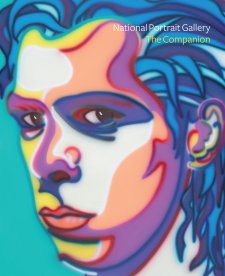
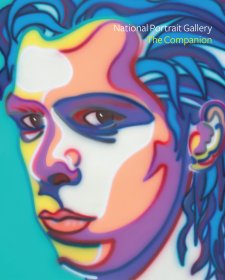
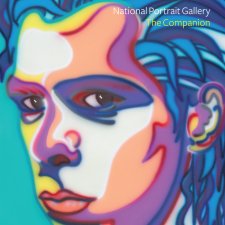
On one level The Companion talks about the most famous and frontline Australians, but on another it tells us about ourselves.
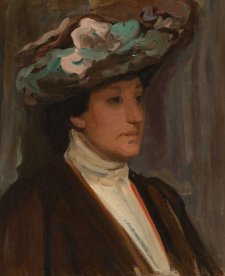
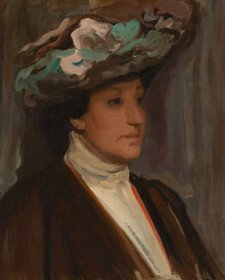
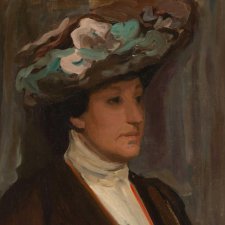
Three tiny sketches of Dame Nellie Melba in the NPG collection were created by the artist who was to go on to paint the most imposing representation of the singer: Rupert Bunny.

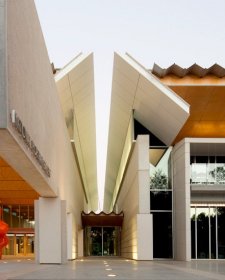
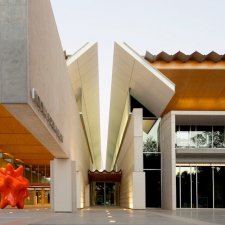
Visit us, learn with us, support us or work with us! Here’s a range of information about planning your visit, our history and more!